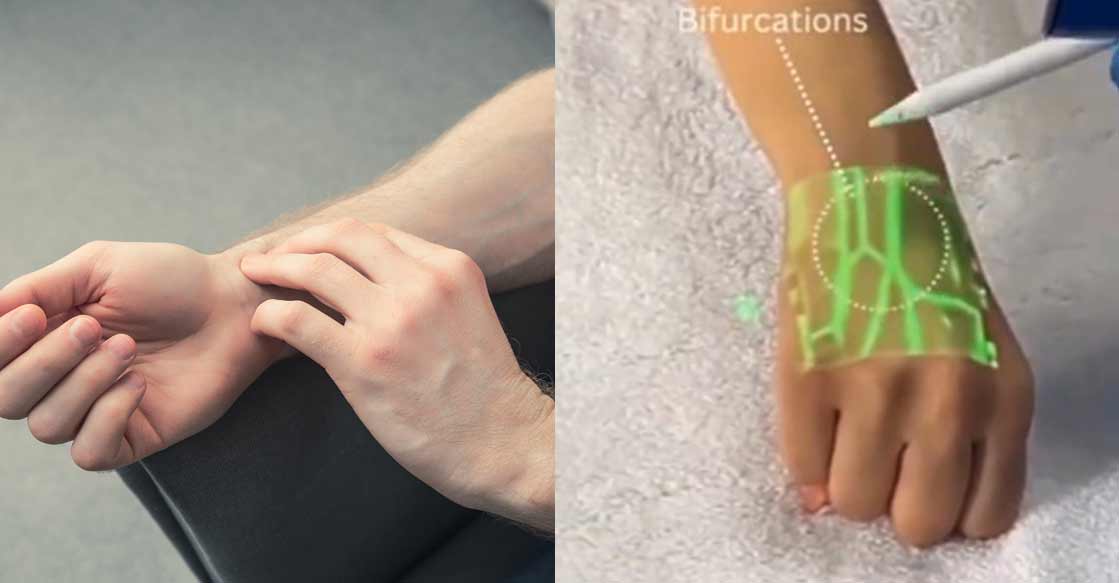A team of researchers at the University of Texas is working on groundbreaking technology that enables drones to be charged mid-air through electric discharge using electromagnetic waves. The US Defense Advanced Research Projects Agency (DARPA) has committed to funding further development of long-range wireless power transfer technology, which will eliminate the need for drones to return to recharge or replace battery packs while in flight.
Dr. Ifana Mahbub, an associate professor at the University of Texas, has received funding from DARPA for her project, allowing her to continue developing the technology. Her team is focusing on far-field technology that utilizes phased antenna arrays and telemetry to transmit electromagnetic waves over longer distances with high efficiency.
Wireless charging technology is not new, with some devices using near-field wireless technology to charge batteries over short distances. However, Mahbub’s team is focused on far-field technology that can transmit electromagnetic waves over longer distances, making it possible to charge military drones such as MALE and HALE while they are in flight. The technology developed by Mahbub’s team also has the potential for various applications beyond charging drones, such as charging electric cars while driving on highways or safely charging medical implants in humans using low-frequency electromagnetic waves.
While the idea of launching electromagnetic waves to charge drones mid-air may seem daunting, similar technologies like radio, television, cell phone service, and Wi-Fi already utilize electromagnetic waves for communication. Therefore, wireless charging technology for drones opens up new possibilities for various industries and applications beyond military use.
Mahbub’s team’s work has significant implications for military operations as it eliminates the need for drones to return to recharge or replace battery packs while in flight. This increases their operational range and allows them to stay airborne longer periods, providing more valuable information and support during missions.
The development of wireless charging technology for drones could revolutionize various industries and applications beyond military use. For example, it could enable electric cars to drive longer distances without needing frequent recharging or allow medical implants to be charged safely using low-frequency electromagnetic waves.
In conclusion, Mahbub’s team’s work on developing wireless charging technology for drones is groundbreaking and has significant implications for various industries and applications beyond military use. With DARPA’s funding commitment towards further development of long-range wireless power transfer technology, we can expect this innovative approach towards powering flying devices becoming more widespread in the future.












+ There are no comments
Add yours